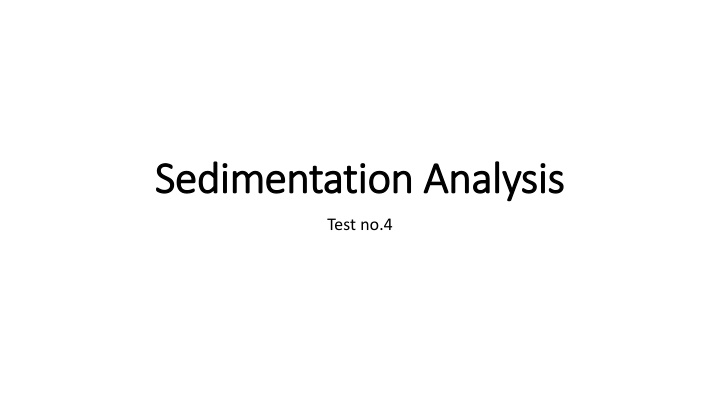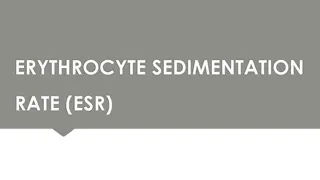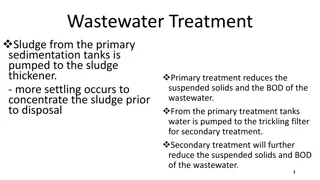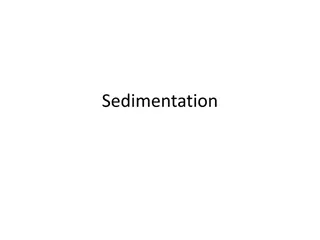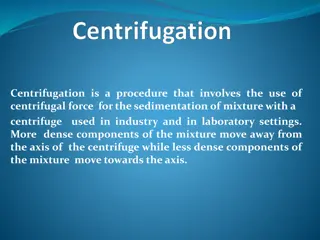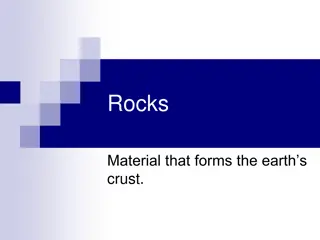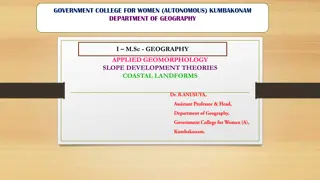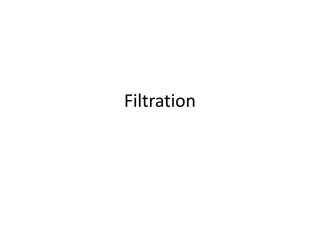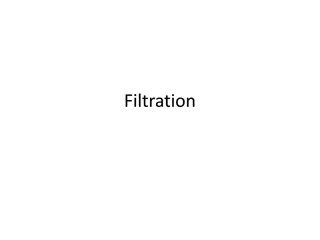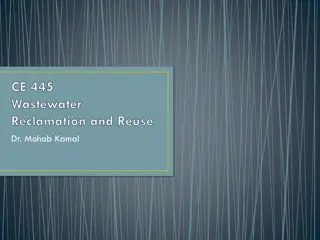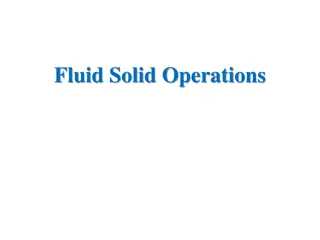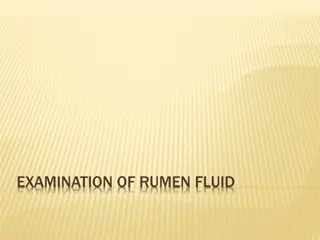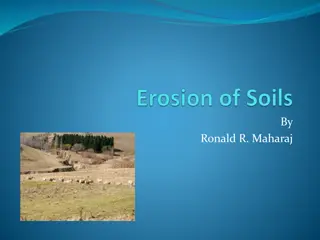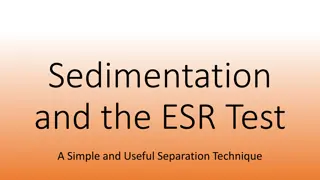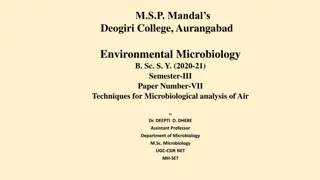Sedimentation Analysis
This content focuses on Test no. 4 of Sedimentation Analysis. Explore the procedures, methods, and results related to sedimentation in this test. Dive into an in-depth examination of sedimentation processes and interpret the data to gain valuable insights. This analysis delves into the intricacies of sedimentation, offering valuable information for researchers, scientists, and enthusiasts in the field.
Uploaded on Mar 05, 2025 | 0 Views
Download Presentation

Please find below an Image/Link to download the presentation.
The content on the website is provided AS IS for your information and personal use only. It may not be sold, licensed, or shared on other websites without obtaining consent from the author.If you encounter any issues during the download, it is possible that the publisher has removed the file from their server.
You are allowed to download the files provided on this website for personal or commercial use, subject to the condition that they are used lawfully. All files are the property of their respective owners.
The content on the website is provided AS IS for your information and personal use only. It may not be sold, licensed, or shared on other websites without obtaining consent from the author.
E N D
Presentation Transcript
Sedimentation Analysis Sedimentation Analysis Test no.4
Definition Sedimentation analysis defines the grain size distribution curve of soils that are too fine to be tested with sieves. Sedimentation analysis sorts soil particles by size using the physical process that is described by (Stokes, 1891) when the particles are allowed to settle under gravity.
The theory of sedimentation is based on the fact that large particles in suspension in a liquid settle more quickly than small particles, assuming that all particles have similar densities and shapes. Sedimentation test can be described by hydrometer analysis. A dispersing (also deflocculating) agent is used with a soil suspension in water in order to ensure separation of discrete particles of soil. Two materials are often used as dispersal agent to neutralize the soil particle charges: 1- Sodium hexa-metaphosphate (NaPO3) known commercially as (Calgon) and for most purposes it has found that Calgon is one of the most suitable and convenient dispersants. 2- Sodium silicate or water glass (Na2SiO3).
Hydrometer Analysis Hydrometer Analysis Definition Hydrometer test is used to determine the grain size distribution of fine grained soils having particle size smaller than 0.075mm and if more than 10% of the soil passes the No.200 sieve. For soil samples have particle sizes ranging from sand to silt or clay, sieving and sedimentation analysis are combined.
Introduction hydrometer is usually a type 152H (refer to below Fig.) and is calibrated to read grams of soil that still in suspension of a value of Gs=2.65 in1000 cm3. For soils of other specific gravity a correction must be made. It gives the weight of particles located around the bulb centroid but not of those located above or below.
Correction of Hydrometer Reading 1. Meniscus correction R = Ra+ meniscus correction 0.5 to 1.0 g/L for most 2.Temperature correction The hydrometer is calibrated at 20 C. If the temperature of the suspension is different from 20 C, a temperature correction (CT) is required for hydrometer reading. The temperature correction is obtained from the table (6-3). 3. Dispersion agent correction
Purposes To find the grain size distribution of that fraction of soil, which has diameter smaller than 0.075 mm (Silt and Clay).
